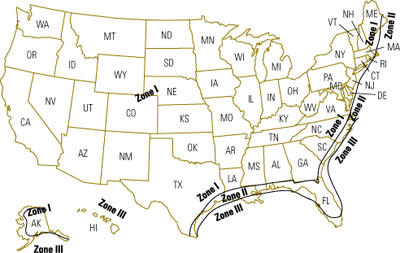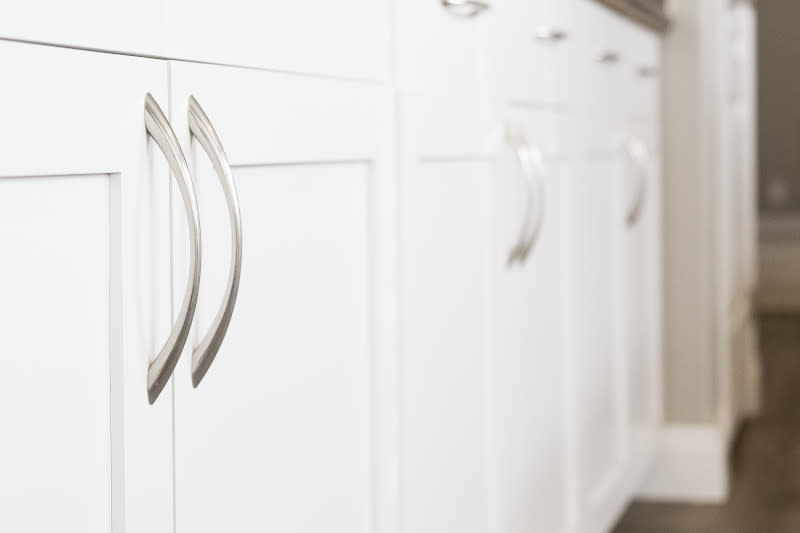How to Find Your Home’s Wind Zone

What is a wind zone and why do you need to know which one your home will be located in? We’re taking a look at what’s what when it comes to manufactured homes and wind zones.
Simply put, a wind zone is the rating of the amount of wind pressure a manufactured home must be built to withstand, based on the home’s location. This is an important topic to understand when it comes to the construction and installation of your new manufactured home, especially if you’re going to be living in a part of the country that experiences high winds or if you ever decide to move your home to a different location. Let’s discuss what you need to know.

What is a Wind Zone?
Wind zones were created in 1976 as part of the HUD Manufactured Home Construction and Safety Standards, also called the HUD Code, which sets national construction and safety standards for manufactured homes. In the 1990s, HUD also used studies of various building standards to update earlier requirements for snow, seismic activity and wind safety and make sure all new manufactured homes are built with safety and strength in mind.
The wind zone your new manufactured home will be located in helps determine how the home is built and how it’s anchored to the ground or foundation. Every Clayton Built® home is built to 1 of the 3 HUD Code wind zone classifications, so let’s take a look at them.
 Manufactured Housing Institute - Basic Wind Zone Map
Manufactured Housing Institute - Basic Wind Zone Map
The 3 wind zones are:
- Zone I – This zone generally covers most of the interior of the U.S. where hurricanes are not as common.
- Zone II – This zone is designated for areas that are hurricane prone and can experience wind speeds of 100 mph. The closer your home is located to either the Gulf or Atlantic coast, the more likely your location will be in this zone.
- Zone III – Along the coast of certain states, homes must be built to withstand winds of up to 110 mph because hurricane-force winds are more frequent in these areas.
It’s important to note that a manufactured home that’s built for Zone I cannot be placed by the manufacturer in a wind zone that can experience higher wind speeds. However, a home that’s built to the higher Zone III or II standards can be placed in Zone I. Because the wind zone is determined before the home is constructed, it is difficult to upgrade your home to a higher wind zone once it is built. That’s why it’s best to know which wind zone your home will be located in before purchasing it, especially if you may want to relocate it in the future. If you’re unsure about your home site’s wind zone, you can also check with your local home consultant to be sure.

Finding your Current Home’s Wind Zone
If you currently own a Clayton Built® home, you can find your home’s wind zone on your HUD data plate, which is usually located inside of a kitchen cabinet, bedroom closet or the electrical box. If you’re having trouble finding your data plate, you can also find the serial number on your HUD tag, also called a HUD Certification Label, which is a metal plate attached to your home’s exterior. You can use this serial number to look up information about your home, including its wind zone classification.
And there you have it! At Clayton, we’re committed to ensuring the quality and durability of our homes for our customers, and that includes designing and building to the HUD Code standards. Want to see more about everything that goes into a Clayton Built® home? From the name brand materials we use and our energy efficient features to just how long it takes to build one of our homes, you can learn more about us on our Clayton Studio blog today.
Are you ready to find your dream home?
Start shopping now or find a home center in your area to learn more about Clayton Built® home options.By entering your email address, you agree to receive marketing emails from Clayton. Unsubscribe anytime.
© 1998-2025 Clayton.




